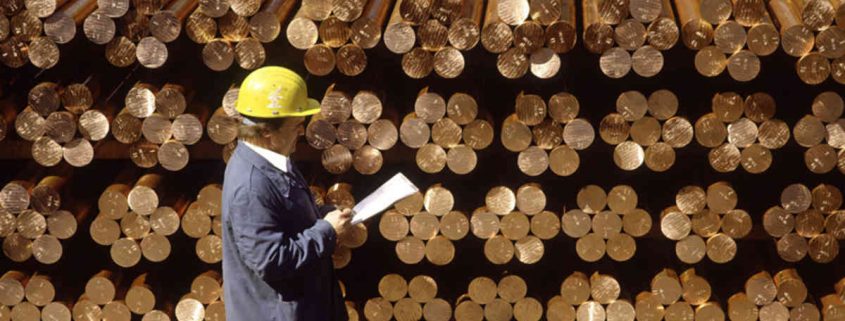Oil immerses, on U.S. stock decline
Oil prices tumbled lower today, May 3. Right after the U.S. government data showed a smaller-than-expected decline in domestic crude inventories. There was also shown a weak demand for gasoline. And it is feeding bothers about a supply glut.
Oil Numbers & Data

Benchmark Brent crude LCOc1 was down 8 cents at $50.38 a barrel.
U.S. West Texas Intermediate (WTI) crude CLc1 was down 18 cents at $47.48 a barrel at 11:33 EST.
Weekly crude stocks fell by 930,000 barrels to 527.8 million. Which makes it less than half the 2.3 million-barrel draw that had been in forecast. (EIA)
“U.S. domestic production increased again, and continues its steady climb.” said John Kilduff. (Again Capital hedge fund partner in New York.)
Noteworthy, sharp drop in imports turned what would have been an increase in stocks into a small drawdown.
EIA data also showed gasoline stocks rose by 191,000 barrels, which was much less than the 1.3 million-barrel gain that had been forecast. However, gasoline demand slipped 2.7 percent over the last four weeks from the same period a year ago.
- “This is continuing a trend since the beginning of the year in which sales have been lower and that is casting a shadow on the market and pressuring crude oil prices.” Andrew Lipow, president of Lipow Oil Associates in Houston. (Reuters)
While the market remains anchored on U.S. production, oil investors continue to watch.. And think whether producing countries have been complying with their 2016 deal to cut output around 1.8 million bpd by the middle of the year.
Russia’s position
Russia’s oil cut exceeds level demanded in OPEC-led pact. Under the deal, Russia promised to cut its average daily production gradually by 300,000 barrels to 10.947 million bpd. From the October level of 11.247 million bpd.
With global crude inventories still bulging, investors are now focused on whether OPEC and others will agree to extend the cuts to the second half of the year. This will most probably become true on May 25th.

Russia, contributing the largest production cut outside OPEC, said that as of May 1, it had curbed output by more than 300,000 bpd. Since hitting peak production in October.
Russia has achieved its reduction target a month ahead of schedule. OPEC production showed the group’s compliance had fallen slightly.
Alexander Novak, Russian Energy Minister has said he would meet managers of key Russian oil producer before the OPEC event. He wants them to discuss extending the cuts. That meeting has yet to take place.
Russia’s Deputy Prime Minister Arkady Dvorkovich refused to comment about this subject when asked today.
More Oil from East
- “Although OPEC is expected to extend a self-imposed output cap by another six months, it would be a challenge convincing several non-OPEC members to join the endeavor.” Said Abhishek Kumar, senior energy analyst at Interfax Energy’s Global Gas Analytics in London. (Reuters)
According to some news by Reuters it is clear that there was more oil from Angola and higher UAE output than originally. Thought meant OPEC compliance with its production-cutting deal slipped to 90 percent in April. From a revised 92 percent in March. Certainly, there are a lot of manipulations happening in the Oil market. Will it come out stronger after the May 25… We will see.

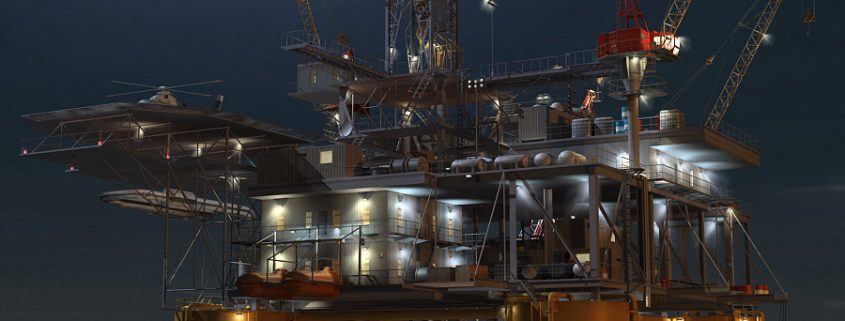


 After suffering a mild downturn in April, copper is facing more headwinds going into May, according to INTL FCStone.
After suffering a mild downturn in April, copper is facing more headwinds going into May, according to INTL FCStone. US total vehicles sales data showed sales were running at an annualised rate of 16.9 million units (mu) in April, which was below an expected 17.1 mu, but above March’s 16.6 mu.
US total vehicles sales data showed sales were running at an annualised rate of 16.9 million units (mu) in April, which was below an expected 17.1 mu, but above March’s 16.6 mu.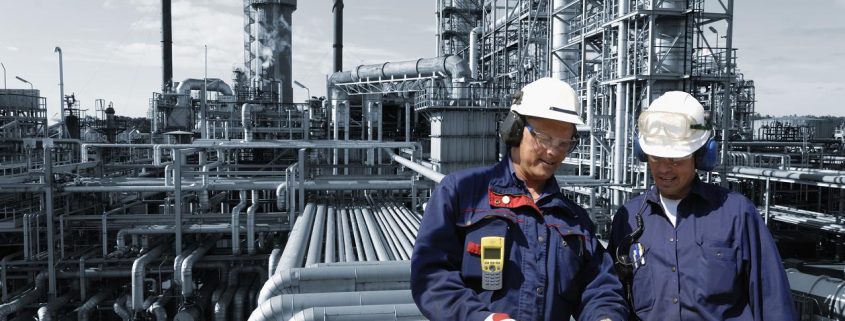


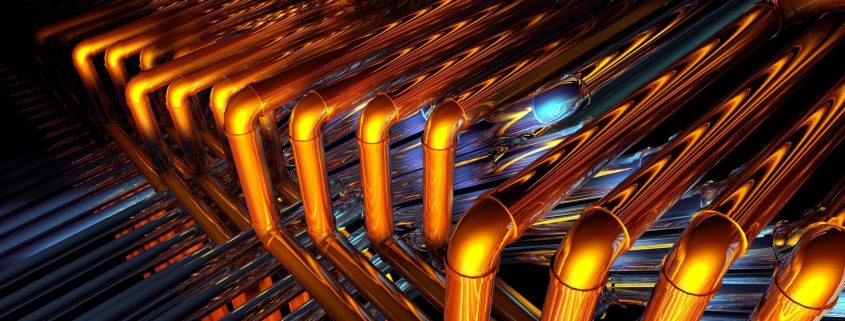






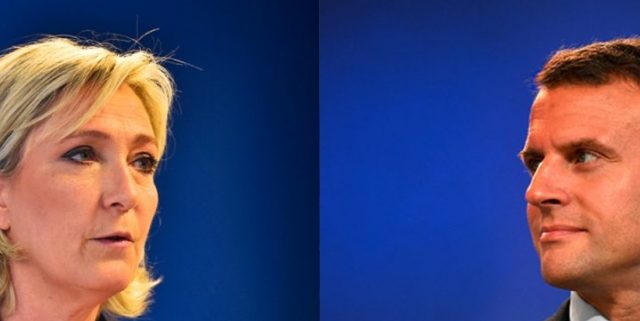
 The candidates of the Socialists and conservative party The Republicans were knocked out in the first round on April 23.
The candidates of the Socialists and conservative party The Republicans were knocked out in the first round on April 23.






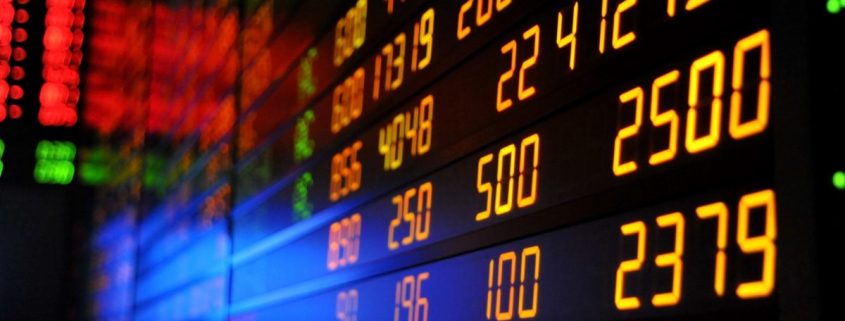




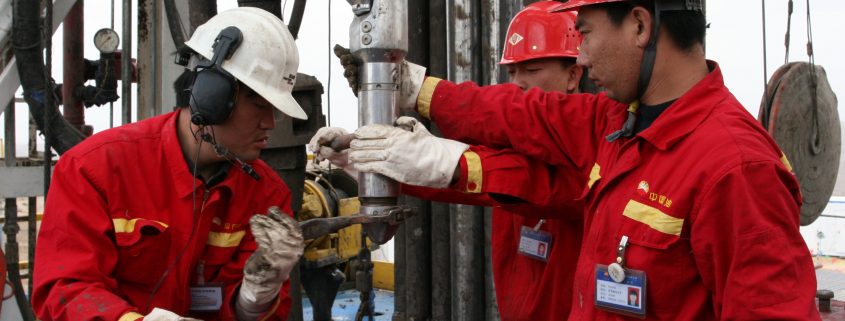
 UN Security Council decides whether to tighten the sanctions screws on North Korea. The country’s increasingly isolated government could lose a lifeline provided by state-owned China National Petroleum Corp (CNPC).
UN Security Council decides whether to tighten the sanctions screws on North Korea. The country’s increasingly isolated government could lose a lifeline provided by state-owned China National Petroleum Corp (CNPC). Crude goes through an ageing pipeline that runs from the border town of Dandong to feed North Korea’s oil refinery. The Ponghwa Chemical factory in Sinuiju on the other side of the Yalu river. It splits the two nations. The plant makes low-grade gasoline and diesel.
Crude goes through an ageing pipeline that runs from the border town of Dandong to feed North Korea’s oil refinery. The Ponghwa Chemical factory in Sinuiju on the other side of the Yalu river. It splits the two nations. The plant makes low-grade gasoline and diesel. “CNPC has all along been really politically minded among state energy firms, aiming for that role of North Korea’s dominant supplier even if the business makes little money.”
“CNPC has all along been really politically minded among state energy firms, aiming for that role of North Korea’s dominant supplier even if the business makes little money.”